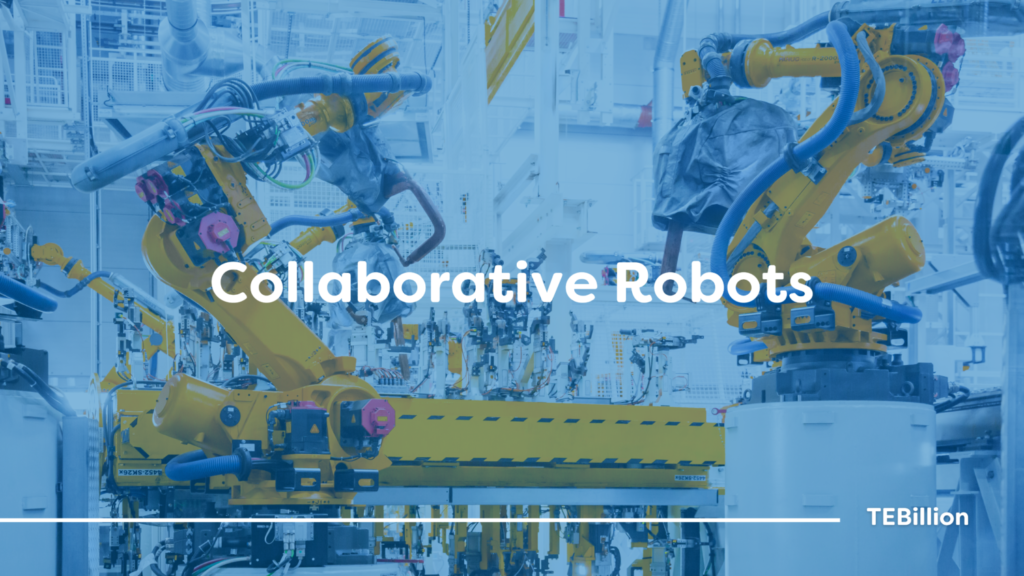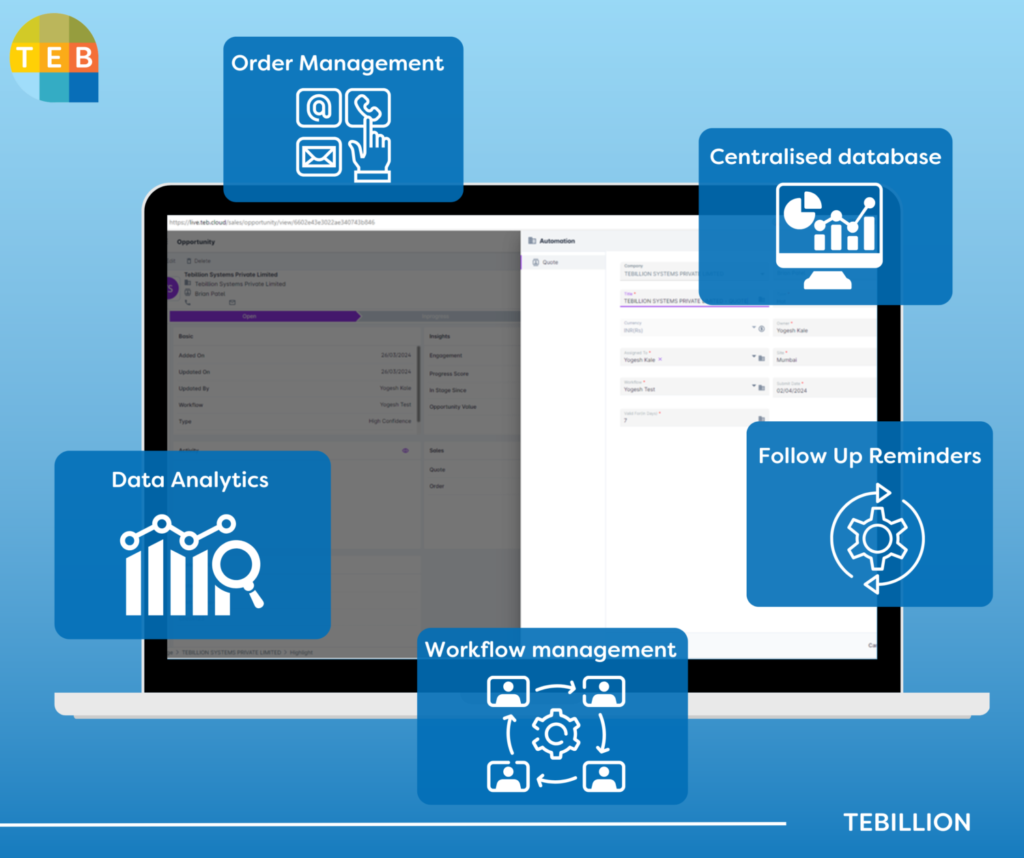
In today’s fast-evolving world, businesses across industries are grappling with a significant challenge: workforce shortages. This issue has become particularly pronounced in the manufacturing sector, where the demand for skilled labour far exceeds the supply. But as with any challenge, innovation paves the way for solutions.
As businesses navigate these workforce challenges, automation is proving to be a critical asset in maintaining productivity and efficiency. By using innovative technologies, companies can streamline operations and reduce their reliance on an increasingly scarce labour force. Let’s take a closer look at how automation is transforming industries and addressing the gaps created by workforce shortages.

The introduction of collaborative robots (cobots), has revolutionized the way businesses manage repetitive tasks. These AI-driven machines are designed to work alongside human employees, making processes more seamless and efficient. Unlike traditional robots, cobots are flexible and easy to program, allowing them to handle a range of tasks without needing extensive human oversight.
For manufacturing companies dealing with labour shortages, cobots can be a notable change. Tasks such as assembly line work, material handling, and even packaging can be automated, freeing up employees to focus on more strategic and complex responsibilities. This blend of human creativity and robotic precision not only boosts productivity but also enables companies to maintain operations even with fewer workers on the floor.
In sectors where hazardous conditions pose a risk to human workers, AI-driven machinery is stepping in to reduce accidents and ensure a safer work environment. By automating dangerous tasks, such as managing heavy machinery, working in extreme temperatures, or dealing with toxic materials.
AI solutions can help businesses mitigate risks while maintaining operational efficiency. This shift towards automation is not just about replacing human labour but optimizing it, allowing workers to be reallocated to roles that require problem-solving and critical thinking, areas where human input is invaluable.

With global labour shortages showing no signs of easing soon, companies are increasingly dependent on automation to keep their operations running smoothly. Automation can help bridge the workforce gap by supporting high levels of output without the need for additional staff. In fact, by streamlining repetitive processes, automation allows businesses to run more efficiently with a leaner workforce, which in turn reduces operating costs.
One of the most significant benefits of automating certain processes is consistency. While human workers may face burnout or fatigue, machines and software solutions can operate around the clock with minimal downtime. This means that businesses can continue to meet demand and maintain quality, even when faced with workforce challenges.
Global labour shortages in the manufacturing industry continue to be a pressing issue, with several credible sources indicating significant gaps in the workforce. A recent study projects that 2.1 million manufacturing jobs may go unfilled by 2030 due to a shortage of skilled labour.

As businesses increasingly adopt automation in their operations, CRM software is proving to be another powerful tool. CRM automation goes beyond managing customer interactions as it streamlines the entire sales process, from lead generation to post-sale support, ensuring that businesses keep strong relationships with clients even as they scale.
TEB Apps, for instance, offers a robust CRM software solution designed to automate crucial business functions, helping companies remain agile and competitive in a fast-paced market. Automating sales pipelines, managing customer data, and ensuring follow-ups happen promptly allows businesses to nurture more leads with fewer resources.
By integrating CRM automation into your business strategy, you can enhance customer engagement, increase team productivity, and ultimately, scale your business with ease.
As workforce shortages continue to challenge industries worldwide, automation presents a powerful opportunity for businesses to thrive in the face of adversity. From cobots managing repetitive tasks to AI-driven systems enhancing safety and productivity, and automation reshaping how companies operate. And while much attention is given to physical automation, CRM automation is just as vital in ensuring businesses stay efficient and responsive to their customers.

Ready to take the next step in automating your business processes? Schedule A Demo Today! And discover how TEB Apps can help enhance and streamline your operations.